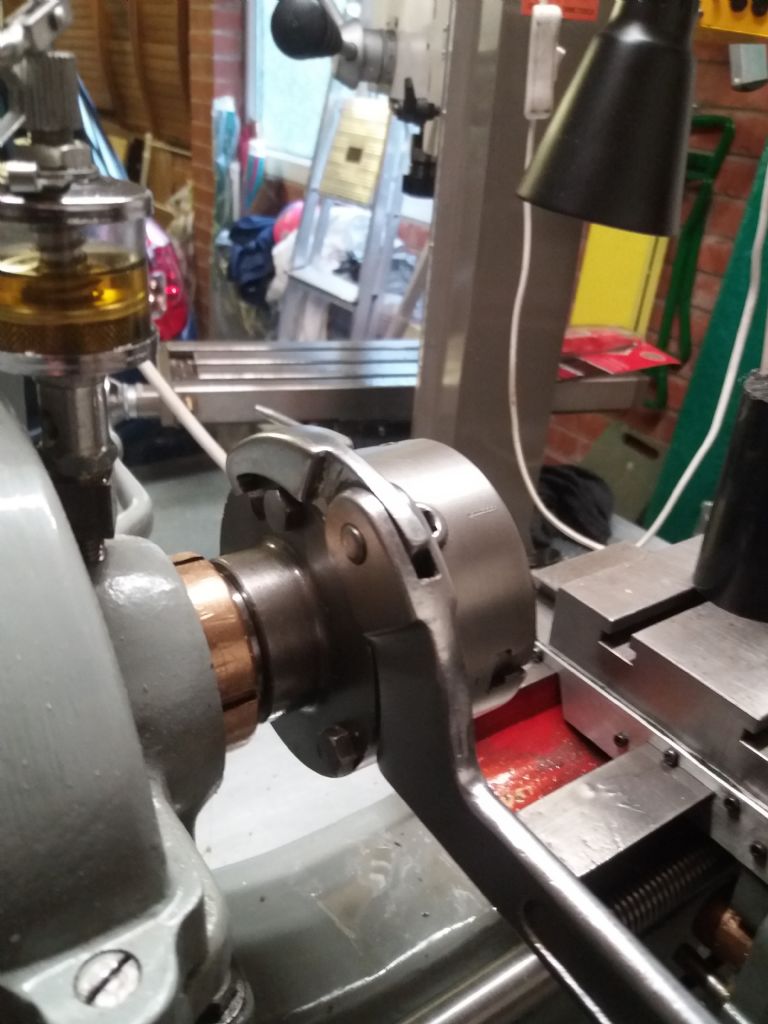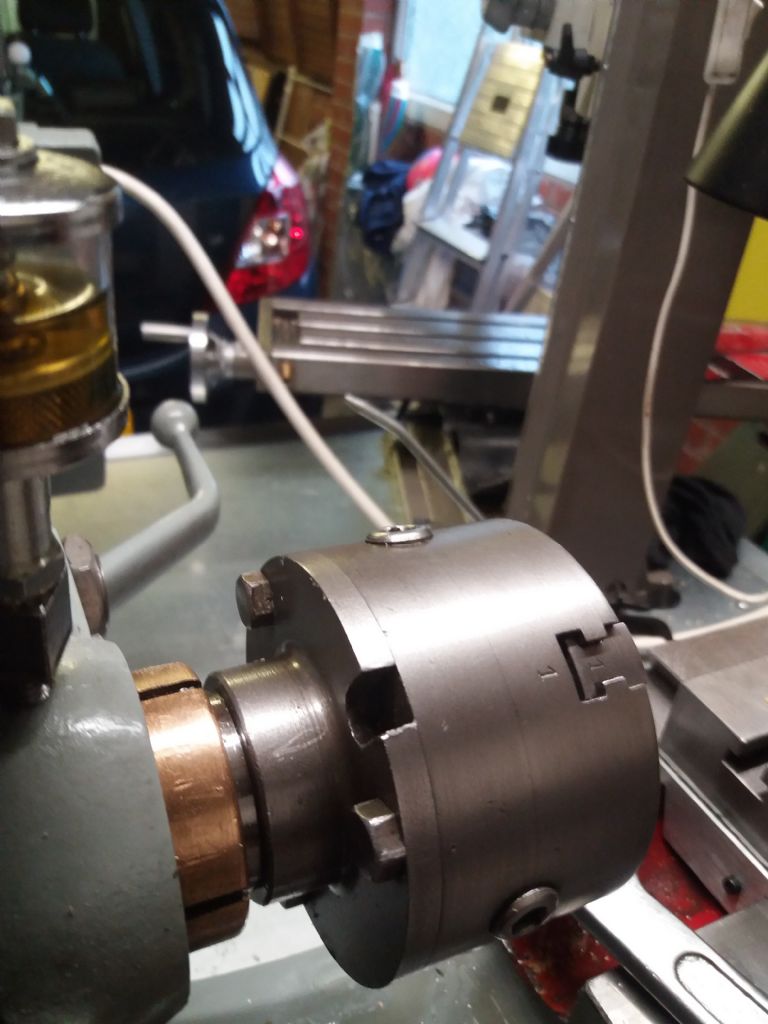Is it bad practice to lock my Myford lathe using the slow speed lever
Is it bad practice to lock my Myford lathe using the slow speed lever
- This topic has 23 replies, 19 voices, and was last updated 25 June 2019 at 22:29 by
BW.
Viewing 24 posts - 1 through 24 (of 24 total)
Viewing 24 posts - 1 through 24 (of 24 total)
- Please log in to reply to this topic. Registering is free and easy using the links on the menu at the top of this page.
Latest Replies
Viewing 25 topics - 1 through 25 (of 25 total)
-
- Topic
- Voices
- Last Post
Viewing 25 topics - 1 through 25 (of 25 total)
Latest Issue
Newsletter Sign-up
Latest Replies
- Record 74 auto vice
- Amadeal lathes – Any good??
- Hofmann Rollers
- How to balance a cup grinding wheel
- Adcock And Shipley vertical milling head – worth anything?
- “Your Sketch Is Not Closed,” says Alibre Atom, “So tough!”HERE?ERE?
- smokeless cutting oil
- milling chuck
- Plain bearing speeds
- Isle of Man hobby engineer!






